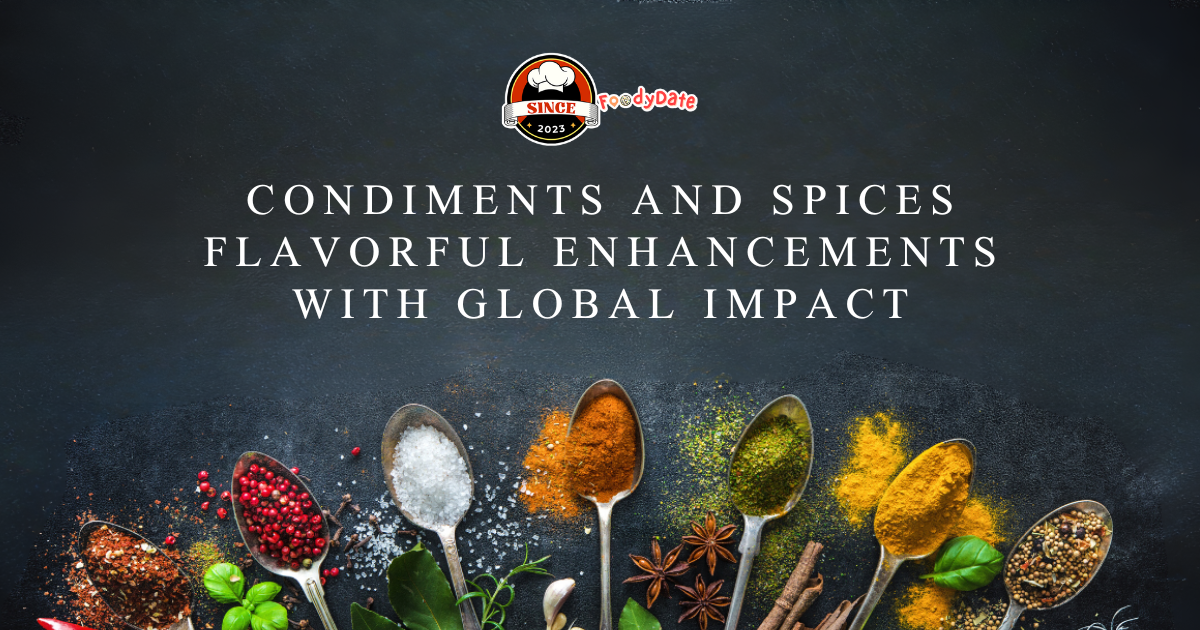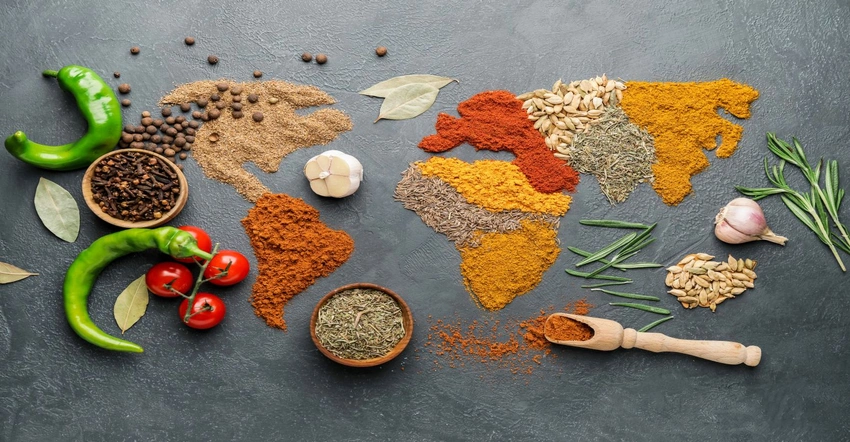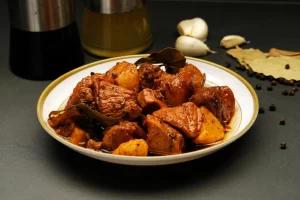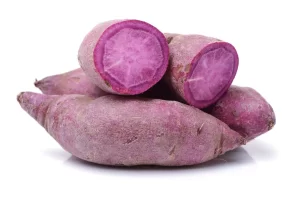The Best Fluffy Pancakes recipe you will fall in love with. Full of tips and tricks to help you make the best pancakes.

Throughout culinary history and global trade, spices and condiments have enhanced the flavor and appeal of food. The purpose of spices is to enhance the aroma and taste of food by adding dried parts of plants, such as roots, leaves, bark, fruits, and seeds. Spices such as pepper, cinnamon, and cardamom were among the most sought-after trade commodities in ancient times, especially in the Middle East. To enhance food’s flavor, condiments are typically added in small quantities during cooking or at the table. Sauces, dressings, and seasonings are integral to culinary practices around the world. Besides playing a significant role in gastronomy, spices, and condiments also play an important role in cultural exchange and globalization.
Enhancing Global Cuisine’s Flavors from Seeds to Barks
Spices, integral to the culinary world, are derived from various parts of plants and are used for flavoring, coloring, or preserving food. These aromatic flavorings can come from seeds, fruits, roots, bark, and other plant parts. For instance, seeds such as cumin and mustard are popular for their distinctive flavors, commonly used in curries and meat dishes. Fruits like black pepper and cardamom add a piquant zest to a variety of recipes, from savory to sweet. Roots, including turmeric and ginger, are celebrated for both their culinary and medicinal properties, often found in Asian and Middle Eastern cuisines. Bark, such as cinnamon, is widely used in both savory dishes and desserts for its warm, sweet aroma. Each of these spices not only enhances the taste of food but also contributes to its appearance and shelf life. Understanding the diverse types and uses of spices is fundamental in exploring the art of cooking and the rich history behind these flavor enhancers.

The World of Condiments and Their Flavorful Impact
Sauces, dressings, and other condiments add flavor and texture to various dishes. There is a wide variety of flavor enhancers available in culinary practices around the world. Many cuisines rely on sauces such as barbecue, soy, and marinara to add depth and richness. Many salad dressings, such as mayonnaise and vinaigrettes, combine creaminess with acidity. Many kitchens still use traditional condiments like mustard, ketchup, and relish to enhance everyday meals. Wasabi and aioli are examples of exotic condiments that add a unique and spicy element to dishes, reflecting the diverse palates and culinary traditions around the world. The distinct flavor profiles of each condiment transform simple ingredients into culinary delights. Exploring the world of condiments is a journey through global cuisine, highlighting the art of flavor enhancement.
Spice up your health with turmeric, ginger, and black pepper
Black pepper, turmeric, ginger, and ginger all have numerous health benefits. It has been found that turmeric has anti-inflammatory and antioxidant properties that improve brain function and lower the risk of brain diseases. Another powerful spice, ginger, is known for its digestive benefits, which include nausea relief and gastrointestinal health. When combined with turmeric, black pepper enhances nutrient absorption and possesses antioxidant and antibacterial properties. A natural approach to health and wellness can be found in these spices, integral both to the culinary and medicinal worlds. Spices and condiments enhance flavor while also contributing to good health, making them more than mere taste enhancers. Nutrition and health are interconnected in traditional and modern medicine, providing a holistic approach to health.
Cooking with Spices and Condiments
Both traditional and modern culinary practices require spices and condiments to add depth and complexity to dishes. In curries and stews, spices such as cumin, coriander, and cardamom are traditionally used whole or ground. From fusion dishes to gourmet creations, these spices find their way into modern cooking. Spices can be toasted to release aromatic oils or blended into unique marinades and dressings using techniques such as roasting. Furthermore, condiments like soy sauce, mustard, and aioli are now playing an increasingly important role in flavoring and complementing food. In order to transform simple ingredients into extraordinary culinary experiences, spices, and condiments are fundamental.

Exploring the Global Impact and Cultural Significance of Spices and Condiments
A spice or condiment is more than just a flavor enhancer; it is a symbol of culture and a vital component of trade. Across continents, their influence shapes cuisine and connects cultures. There has been a pivotal role for spices like pepper, cinnamon, and nutmeg in global trade, often driving exploration and even conflicts. In addition to influencing economic policies, these commodities had a significant impact on international relations. Spices and condiments are used differently in culinary traditions depending on local agriculture, cultural preferences, and historical influences. As a result of this global exchange of flavors and ideas, spices and condiments have become integral to cultural identity and gastronomic heritage around the world.
Conclusion
There is more to spices and condiments than just culinary essentials; they contribute to health and cultural identity as well. Besides enhancing the flavor of diverse cuisines, they also provide significant health benefits, such as antioxidant, anti-inflammatory, and antibacterial properties. In addition to embodying regional traditions, these flavor enhancers promote wellness, making them essential for both medicine cabinets and kitchens worldwide.
FAQ.
Q. Which spices and condiments are commonly used in cooking?
Black pepper, cinnamon, turmeric, ginger, mustard, soy sauce, and mayonnaise are some of the most common spices and condiments. Various international cuisines use each of these to add unique flavors to dishes.
Q. How can I incorporate spices and condiments into my cooking?
By adding spices and condiments during cooking or at the end of the meal, you can enhance the taste of your meals. Create your own signature flavors by experimenting with different combinations.
Q. How do spices like turmeric and ginger benefit your health?
Turmeric and ginger have anti-inflammatory and antioxidant properties. They also support digestive health. You can improve your health by incorporating these spices into your diet.





